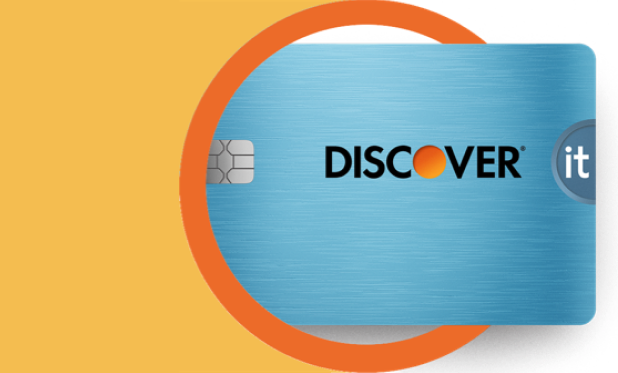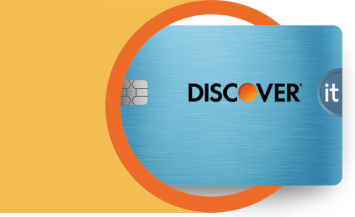
You may be familiar with the acronym APR. APR is short for Annual Percentage Rate, which determines the interest you pay yearly on a borrowed amount. You might pay a different APR on your credit card for different types of transactions. So, what does that mean in dollars and cents, and how might it impact your credit card spending?








